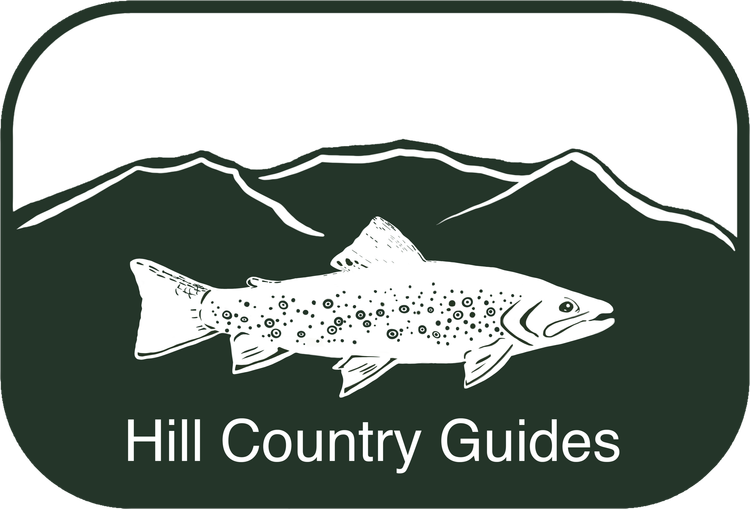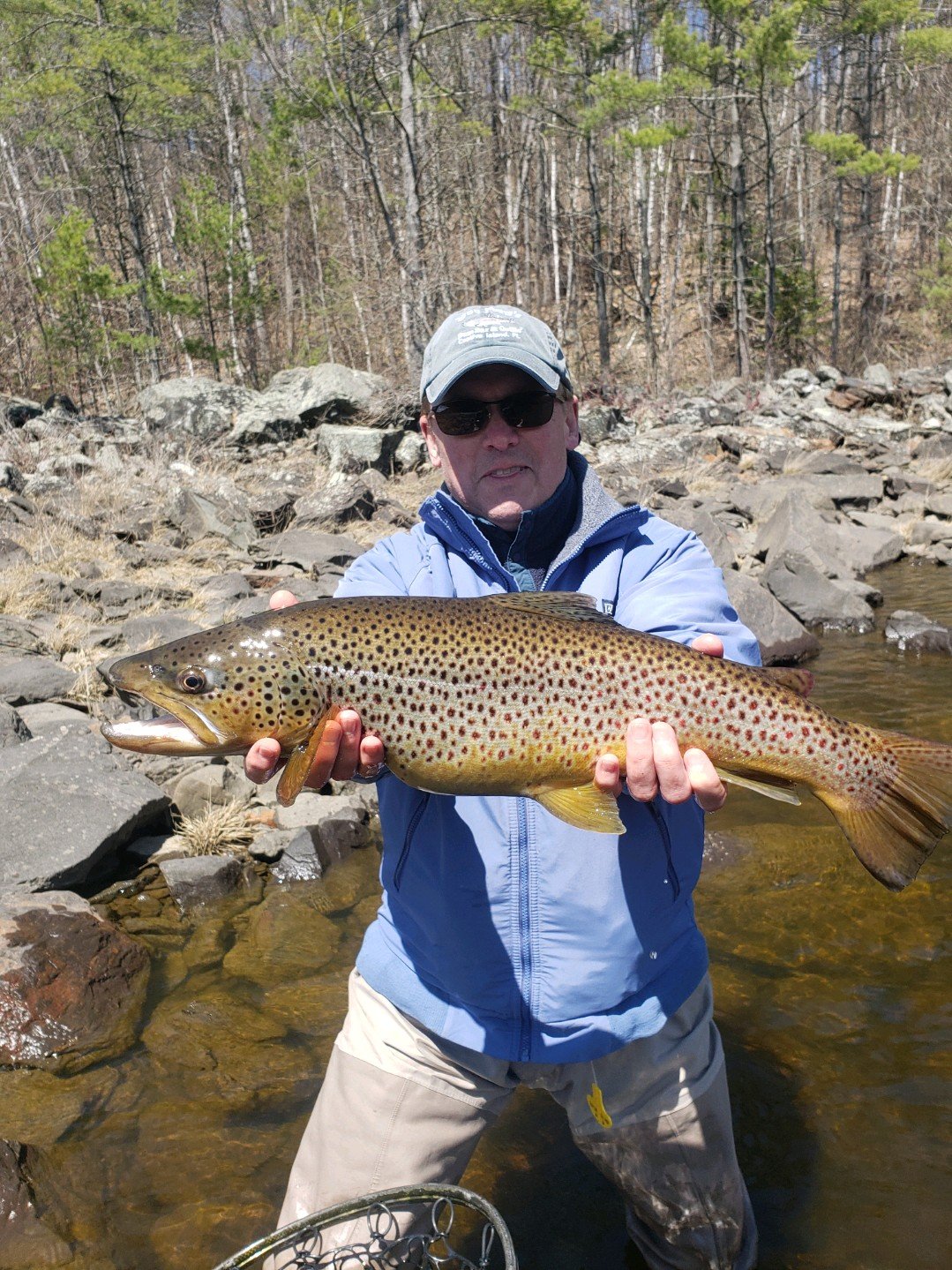Hi all, after a productive May and first half of June we have had a good deal of rain through early July. While this has forced us to be creative with where and when we fish, the fish are happy and well fed. I always try to look at the silver lining when we have challenging high water conditions. The fish can be harder to get to and bite windows are less predictable. Fish have a constant stream of food and feed on the rise and fall of each rain event. With low water conditions bite windows are predictable as fish feed on a predictable hatch schedule. When flows are constantly changing fish feed on a wider range of food items and hatches are less predictable and effected more by weather. For example last week we saw fish feeding on a black caddis hatch all day through a light rain. Conversely on this past saturday fish were only eating on the surface very sporadically in the morning and late in the day with nymphs taking most fish early and late as well.
We had some very good small stream fishing last week as flows abated and fish were eager to rise to dries on the first casts into every pool. Once they wised up to dries we were able to get them on BWO nymphs. As of this writing our small streams are back on the rise and it looks like we’ll have to wait a few days for flows to drop back to fishable flows as we are seeing a couple inches of rain tonight.
During high water we’ll look to target bass ponds as well as wild brookies in beaver ponds. We’ll also keep an eye on the dam controlled sections of the Andro and Connecticut as these sometimes provide fishable flows even during high water periods.
So back to that silver lining. The best conditions for fishing are not always the best conditions for fish. Low water means higher predation rates, warmer water temps and less food for trout. Conversely while high flows make fishing more difficult fish are well fed and protected in higher flows. While some smaller fish may perish in extremely high water, trout are accustomed to changing water levels and move to slower water and hydraulic cushions when flows rise. Higher water provides an influx of food items and long periods of high water actually grow larger fish. Considering that trout gain the majority of their weight from May through October these high flows during the peak of growing season will mean we’ll have some fat trout to target once flows abate.
While August can be a challenging time of the year, we will likely have prime time fishing this August whenever flows drop to fishable levels. Fortunately our mountain streams are high gradient and flows drop quickly even after big rain events. We are talking one to three days between rain events for flows to drop to fishable levels.
While we try to get out and find good fishing conditions for our guests whenever possible we always allow cancellations or postponements when conditions are simply too unsafe or unproductive. That being said we encourage you to be open minded and take the advice of our guides. We’ll have some really good fishing whenever flows allow this summer. We look forward to getting you out whenever possible!
Tight lines and pray for a little less rain!
Nate
A nice dry fly fish from late June.
A fat streamer eater from one of many rainy days this June.











